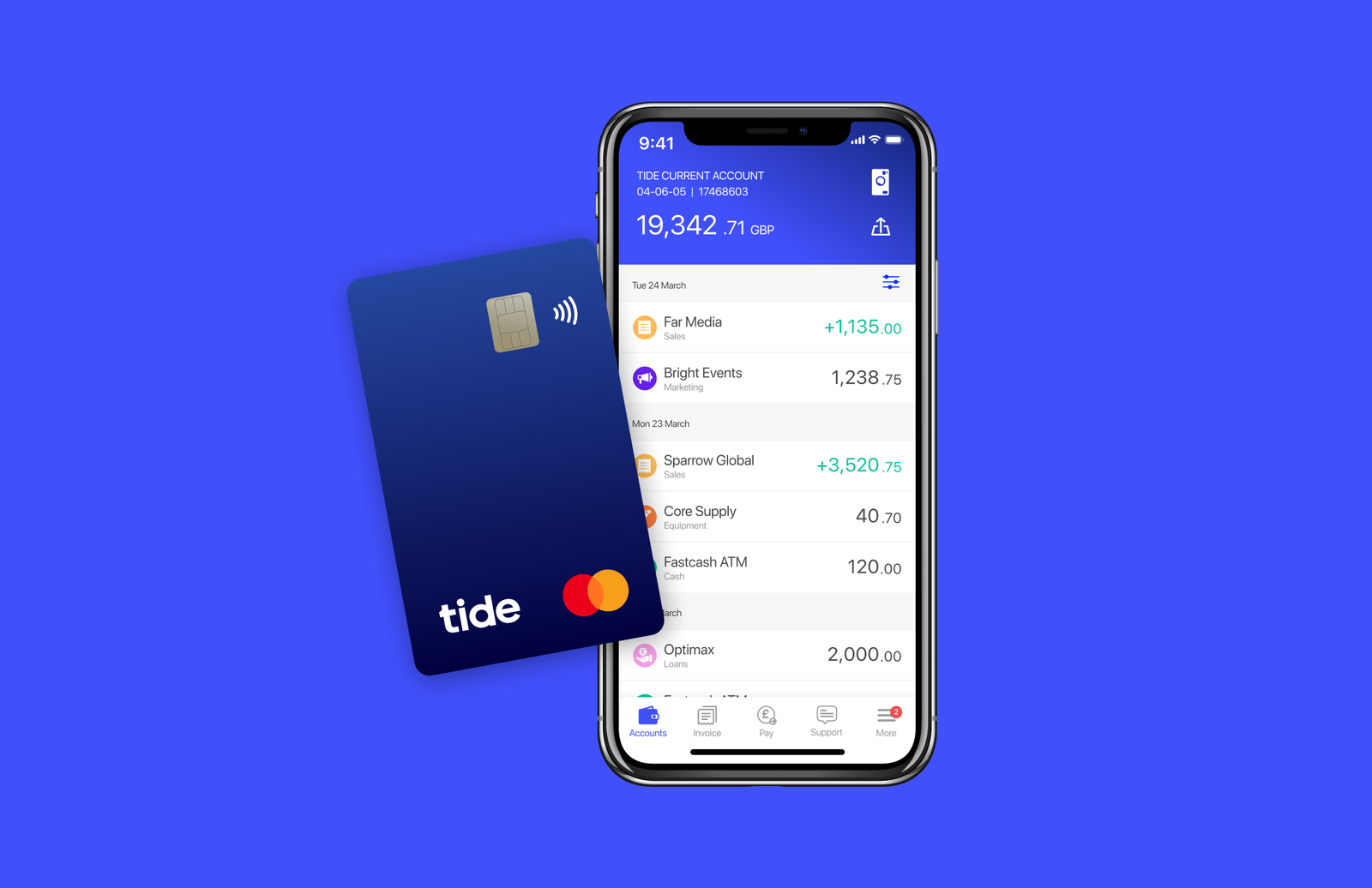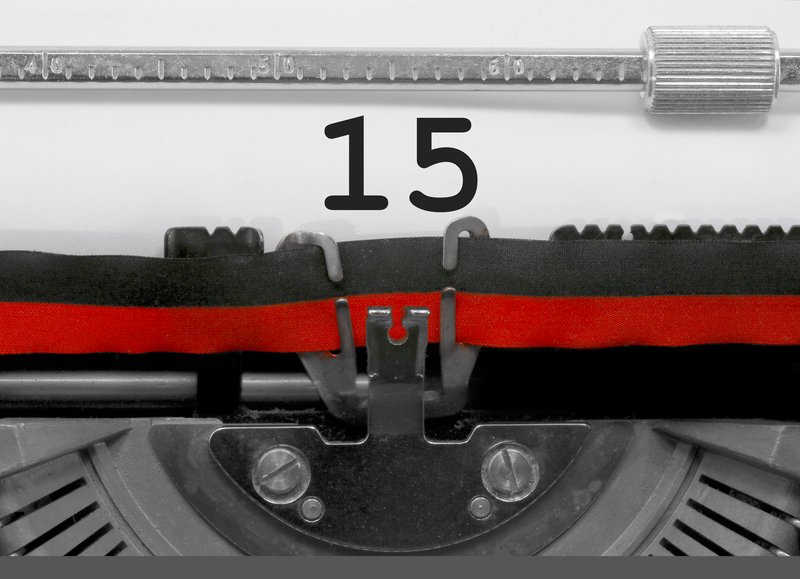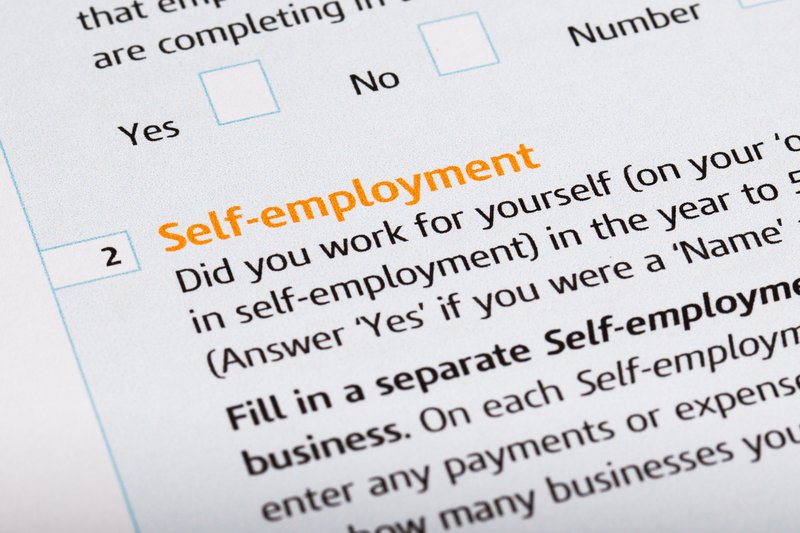With the complexity of the VAT laws it’s understandable that businesses make mistakes on their VAT returns. However, these mistakes can be very costly both in terms of paying the wrong amount of VAT and also triggering a VAT investigation.
To help you avoid making these expensive mistakes, we asked Jonathan Amponsah, founder of The Tax Guys, to reveal the 21 common mistakes small businesses make on VAT Returns.
VAT was meant to be a simple tax!
When VAT was first introduced in the UK in 1973, it was hailed as a simple tax. After all, if you’re a VAT registered business supplying VATable products and services, you simply charge your customers 20% VAT, you then deduct from that figure any VAT you’ve paid to your suppliers and pay the difference over to HMRC. Simple enough right? Not quite.
Another recent VAT idea (the Flat Rate VAT Scheme) was introduced to make things easier for small businesses. But as you will find out below, four of the 21 common VAT mistakes I’ve uncovered relate to the Flat Rate Scheme.
The 3 Common VAT Schemes
First, a summary of the three common methods (VAT schemes) businesses use to calculate their VAT liability:
- The VAT Cash Accounting Scheme. You only pay and reclaim VAT based on the money you’ve actually received and paid.
- The VAT Standard or Normal accounting scheme. Here you pay VAT on your sales whether or not your customers have paid. You then reclaim VAT from your suppliers’ invoices, whether or not you have paid the bill.
- The VAT Flat Rate Scheme. You charge your customers at the appropriate rate (e.g. 20%) but you simply pay over a reduced percentage (say 14.5%) to HMRC. You’re unable to reclaim any VAT on your expenses except on some capital equipment.
The 21 Classic and Costly VAT Mistakes
Now, to help make sure you get your VAT Return right, let’s take a look at the 21 common mistakes businesses make with VAT returns:
1. Entering the wrong figures on the VAT return
Whilst there are eight boxes to complete on a VAT Return, Box 6 can often cause problems depending on whether you’re using the Flat Rate VAT scheme or not. It’s also the box that HMRC normally picks up mistakes on the VAT return.
If you’re using the Flat Rate VAT scheme, then double check that Box 6 is the gross income you’ve applied the flat rate percentage to. If you’re using the Cash Accounting Scheme, then it’s the net income (net of VAT) that goes in there.
Then do a simple check back to the Box 1 figure. For example, if you’re on the Flat Rate Scheme and your percentage is 14.5%, and your VAT inclusive income for the quarter is £48,000. Your Box 6 figure will be £48,000 and your Box 1 figure will be £6,960 (14.5% x £48,000).
If you’re using the Cash or Standard VAT Accounting Scheme, then box 6 will be your income net of VAT, so £40,000 and Box 1 will show £8,000.
Of course, there might be other items and figures from Box 8 feeding into Box 6, so do take extra care and double check to make sure there are plausible reasons for any differences.
2. Using the wrong flat rate percentage
This is an area where HMRC is beginning to raise VAT enquiries on. It’s also an area where I foresee a large number of small businesses will be caught out because of the new VAT rule called “limited cost trader”.
This rule will essentially increase the Flat Rate percentage for most service based businesses. So please do take extra care and ensure that your Flat Rate percentage is reviewed to avoid triggering a VAT enquiry and having to pay back-dated VAT.
3. Not comparing VAT schemes
Free Tide Business Bank Account - £50 Cashback!

Open a free business current account to qualify + enjoy 12 months free transactions. Read our Tide review.
On the face of it, the Flat Rate scheme delivers cashflow savings to small businesses and it does simplify your accounting to some extent.
However, a costly mistake businesses make is not comparing this scheme to, say, the Cash Accounting VAT Scheme.
Where a business has a fair chunk of expenses it pays VAT on, it might not be tax efficient to join the Flat Rate Scheme.
And where a business has some exempt income (rental income), extra care needs to be taken when joining the Flat Rate Scheme because you end up having to pay VAT on income that is normally exempt from VAT.
4. Under-stating the Flat Rate turnover
Normally when an income is exempt from VAT, it means just that. Exempt. You do not include it on your return.
But here is one of the quirks of the Flat Rate Scheme. The gross income you enter in Box 6 of the VAT return should include the value of all exempt supplies as well as the VAT-inclusive value of all standard-rated, reduced-rated and zero-rated supplies.
So, in some cases, you may end up paying more VAT under the Flat Rate Scheme.
5. Using the 1% reduction beyond its expiration date
When you first join the Flat Rate Scheme, you get a 1% reduction off your industry percentage. This reduction expires on the anniversary of your VAT registration and NOT the anniversary of you joining the scheme.
Depending on what book keeping software you use, this may get flagged up. If not, do take extra care as recent VAT enquiries are picking up on this common mistake. The result is that you will be asked to find money to pay backdated VAT.
6. Lack of satisfactory evidence to support VAT reclaims
When it comes to claiming back VAT, the general rule is this: No VAT receipt, No claim!
And even where you have a VAT receipt, make sure the item you bought does carry VAT. Whilst there are few exceptions to this rule, why take the risk?
And to avoid losing money, get friendly with one of the apps that allow you to take snap copies of your receipts on the go. The receipts can then be automatically stored in your book keeping system.
7. Claiming back VAT on non-business use expenses
Where you’ve incurred expenses (for example, broadband at home) which is partly business and partly personal, we often find that VAT has been claimed on the full amount instead of applying a restriction on the personal or non-business element of the expense.
8. Incorrectly claiming for VAT on motor vehicle and fuel
A common error is to claim VAT on a motor vehicle which is available for private use. The VAT can only be claimed back where the vehicle is to be used exclusively for business purposes and will not be available for anyone’s private use.
Another classic mistake is claiming the full costs of fuel where the car is available for private use without restriction or without charging a corresponding VAT in the form of something called fuel scale charge.
9. Claiming back VAT on entertainment
Although in some business sectors, entertaining clients is justifiable in order to win contracts, VAT on these expenses is normally blocked and cannot be claimed back.
During a VAT enquiry, this is one of the areas HMRC will have on their list to check.
As part of your review process, include this in your checklist when going through the VAT return and check your calculations just in case your accounting software doesn’t pick this up.
10. Not Claiming VAT on staff entertainment
Here’s one exception to the rule that VAT cannot be claimed on entertainment. Where you entertain staff (including directors of their own company) do ensure you claim back the VAT on the expenditure, assuming the type of entertainment or expense carries VAT.
I did mention that VAT is quirky, didn’t I…?
11. Not adding the human touch to the robots
Automation and technology that takes away the heavy lifting and saves time is always on my recommendation list. Having been involved in the development of tax apps, I must dismiss the myth that the computer will do it all for you.
The danger is relying heavily on software and failing to carry out basic checks on the VAT return. Errors such as the computer claiming VAT on wrong items, automatically coding expenses to wrong accounts, duplicated bank transactions are all too common and they lead to costly VAT enquiries.
12. Poor book keeping
This can cover a number of mistakes but the common ones HMRC tend to look for fall under the classification of transactions area, for example:
- Has business entertainment been classified as marketing and VAT claimed?
- Has input tax (VAT) been claimed on expenses which do not carry VAT (such as stamps, train/air/bus tickets, some tolls)?
- Has input tax been claimed on costs incurred outside the UK (for example conference/business trip accommodation and meals)?
- Have self-billed sales invoices on which VAT is due been posted as purchase invoices?
Make sure your book keeping and accounts are up to scratch to minimise the chances of you making these errors.
13. Claiming back VAT twice
This is a common mistake with the VAT Normal Accounting Scheme and occurs when VAT is claimed on the actual invoices as well as the statements or pro-forma invoices.
Do carry out a review of the input VAT and pay particular attention to VAT amounts that are the same. If you can get your report into Excel, simply sort the items for a quick review.
14. Not accounting for VAT on services received from overseas suppliers
This is the so called Reverse Charge and the complex Place of Supply Rules.
In its simplest form, it means where a UK business buys services from an overseas supplier (EU), the UK business is required to account for VAT on those services on their VAT return, as if they were the supplier.
Under the reverse charge output VAT (VAT on income) must be declared in Box 1 of the VAT Return. This VAT, subject to the normal rules, is also recovered as input VAT (VAT on expenses) in Box 4. So the overall effect is NIL.
Now if you’re scratching your head thinking… what’s the point…? You’re not alone.
15. Not charging VAT on “non-standard business” transactions
HMRC knows that VAT enquiries into the following areas are likely to generate additional VAT revenue because businesses usually fail to appreciate that VAT needs to be accounted for:
- Management charges
- Disposals of assets used in the business
- Cash sales
- Charges to sub-contractors for use of vans or tools
- Sales of scrap
- Supplies to staff – invoiced or by payroll deduction
- Mandatory restaurant service charges
- Recharges of costs to third parties
- Receipt of reverse charge services
- Incentive payments received from suppliers for meeting purchase or sales targets
- Barter transactions
If you encounter any of the above, take a step back and seek advice.
16. Failing to appreciate VAT risk areas and hot spots
Whenever you are dealing with transactions relating to any of the following 10 risk areas, do not attempt a DIY – get professional help.
- Land and buildings
- Property and construction
- Travel and tour operators
- Imports and exports
- Exempt supplies
- Partial exemption and various schemes
- Zero rated supplies
- Charity related transactions
- Agency and principal transactions
- Any other transaction where VAT might or might not be charged
Speak to your accountant first and if necessary ask for a VAT specialist.
17. Ignoring VAT demands and notices
Remember the VAT-man wants his money – and is legally entitled to it. Ignoring demands and notices from HMRC can be very costly.
For example, did you know that when HMRC sends you an assessment (estimate) and you fail to send in the correct VAT return in good time, if the assessments turn out to be higher than the actual return, HMRC is not obliged to change the figures?
And did you also know that VAT has more draconian penalties than income tax?
Don’t lose money by burying your head in the sand. Running a business and staying on top of cash is hard enough without adding extra stress and extra costs.
18. Failing to repay VAT on supplier invoices
Where VAT has been recovered on purchases from a supplier, if you have not paid this supplier for over six months, you are required to repay any VAT recovered to HMRC.
Similarly, where a customer has not paid you for over six months and you’ve already paid VAT on that invoice to HMRC, you can claim that VAT back. If you’re using the Standard VAT Scheme, do watch out for this during your checks and reviews.
19. Forgetting about an EC sales list or accounting incorrectly for EC sales
There are two common mistakes here. If your business supplies goods or services to other EC VAT registered traders, then EC sales lists need to be submitted to HMRC.
If you sell goods then the amount of sales to EC customers goes in Boxes 6 and 8 of the VAT return so chances are HMRC will pick up the Box 8 figure send you a notice to complete an EC sales list.
If you sell services, then it becomes a bit tricky because whilst you include the amount in Box 6, you don’t include it in Box 8 (the second common error), so you will need to remember to submit an EC sales list. This will help avoid penalties and enquiries.
20. Claiming VAT on import agent’s invoice
If you import goods then you can only recover VAT on an official document issued by customs. This is called a ‘C79′ (Import VAT Certificate’).
VAT cannot be claimed on the invoice issued by the import agent because it’s not a VAT invoice.
21. Not seeking help
Let me end this article by asking this again: is a Jaffa Cake is biscuit or a cake?
My advice is to get an accountant or a book keeper to help with your VAT. And consider getting a VAT specialist to give a second opinion or planning advice on major and complex issues relating to land, property, imports and the other risk areas.
But if your affairs are very simple, you have the time to do it and are happy to keep on top of changes, do take extra care, use a checklist and don’t leave it to the last minute.
One final VAT tip
Even though it can feel a bit of a burden, try not to view VAT your return as a necessary evil. If you combine it with your business reporting, you can gain some valuable insight into your business.
For instance, where has the cash to pay the VAT gone? Are you making enough money? Are you collecting cash fast enough? Does your business model work?
The answers to these questions are there if you’ve done the book keeping properly and you see the VAT return as part of your business internal reporting rather than something just for HMRC.
About the author
This guide has been written exclusively for ByteStart by Jonathan Amponsah CTA FCCA, an award-winning chartered tax adviser and accountant who has advised many clients over the last decade on VAT compliance. Jonathan is the founder and CEO of The Tax Guys.










